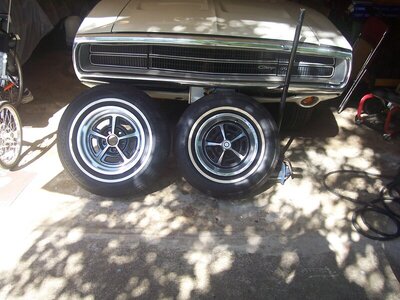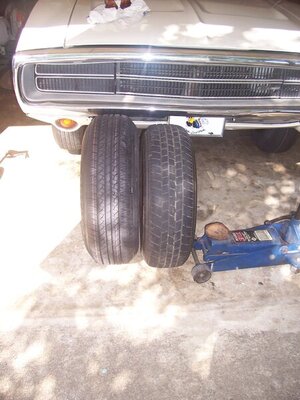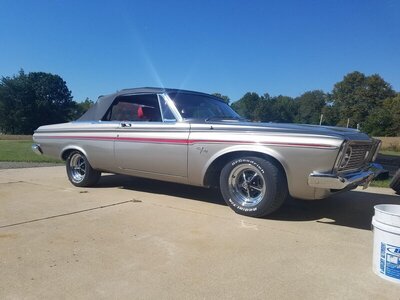64Orange
Well-Known Member
I was reading an article on Hemmings this afternoon discussing modern modifications to make to your car to make it better for long drives. I want my '64 Fury capable of multiple trips from Bishop, CA (central CA, just a little south of Yosemite) to Orange County, CA (approx. 300 miles). The article had some good points but two points stumped me.
1) Consider using 17 inch or 19 inch wheels as it is becoming more difficult to find tires that fit 14" or 15" wheels. Any truth to that statement?
2) Use 9:1 compression ratio on your motor since 10:1 and above compression ratio motors prefer 93. The 9:1 compression can be more favorable for lower octanes. (I'm still new to engine building so if this question is silly, whoops).
Link to article: https://www.hemmings.com/stories/2021/09/16/basics-for-building-your-next-long-distance-driver
1) Consider using 17 inch or 19 inch wheels as it is becoming more difficult to find tires that fit 14" or 15" wheels. Any truth to that statement?
2) Use 9:1 compression ratio on your motor since 10:1 and above compression ratio motors prefer 93. The 9:1 compression can be more favorable for lower octanes. (I'm still new to engine building so if this question is silly, whoops).
Link to article: https://www.hemmings.com/stories/2021/09/16/basics-for-building-your-next-long-distance-driver





















